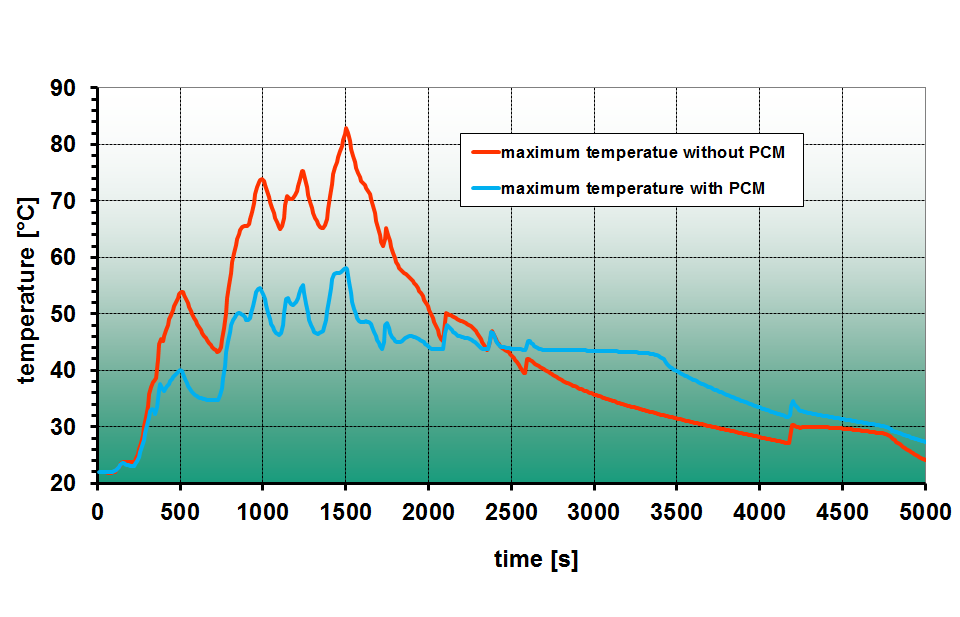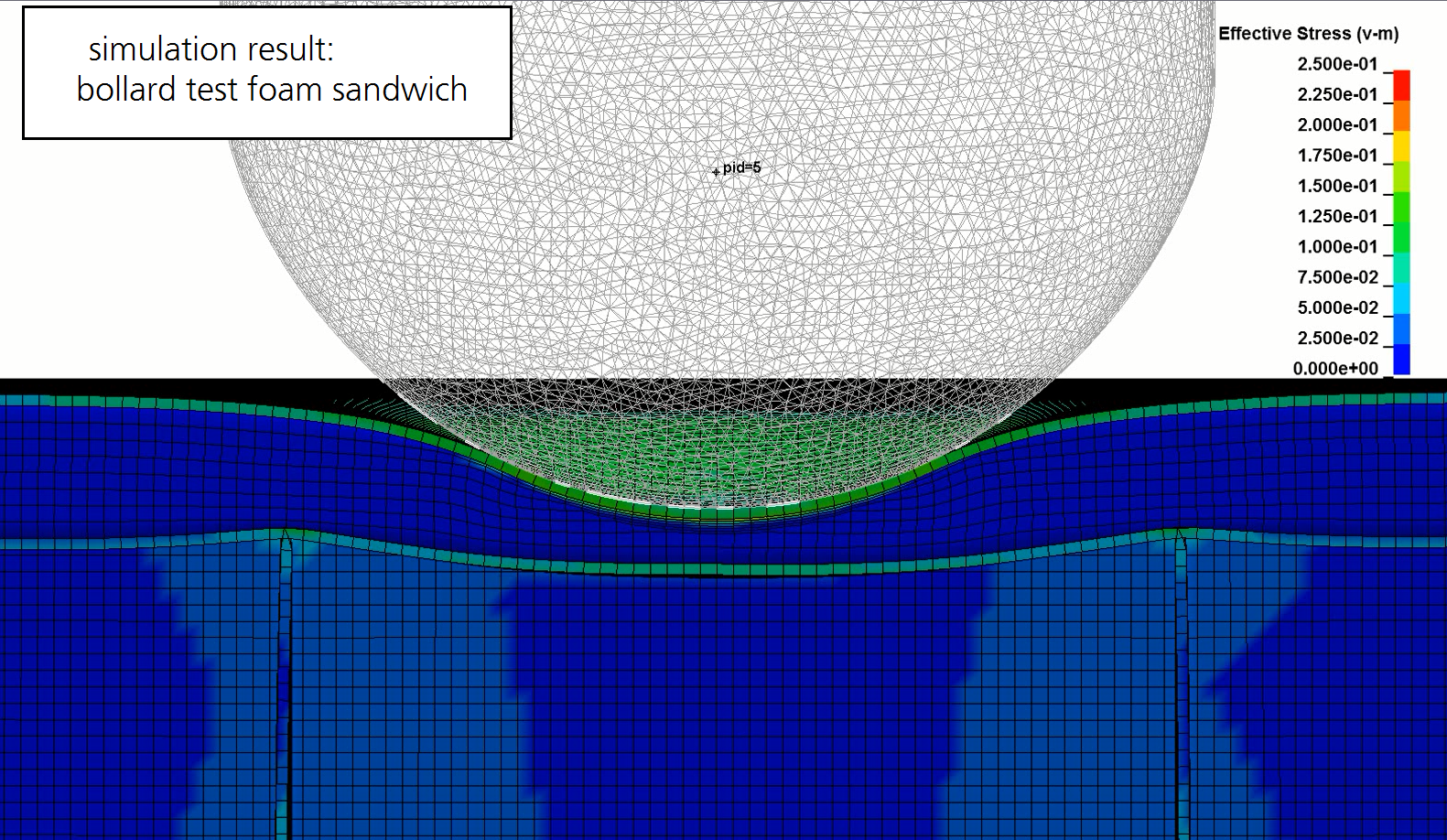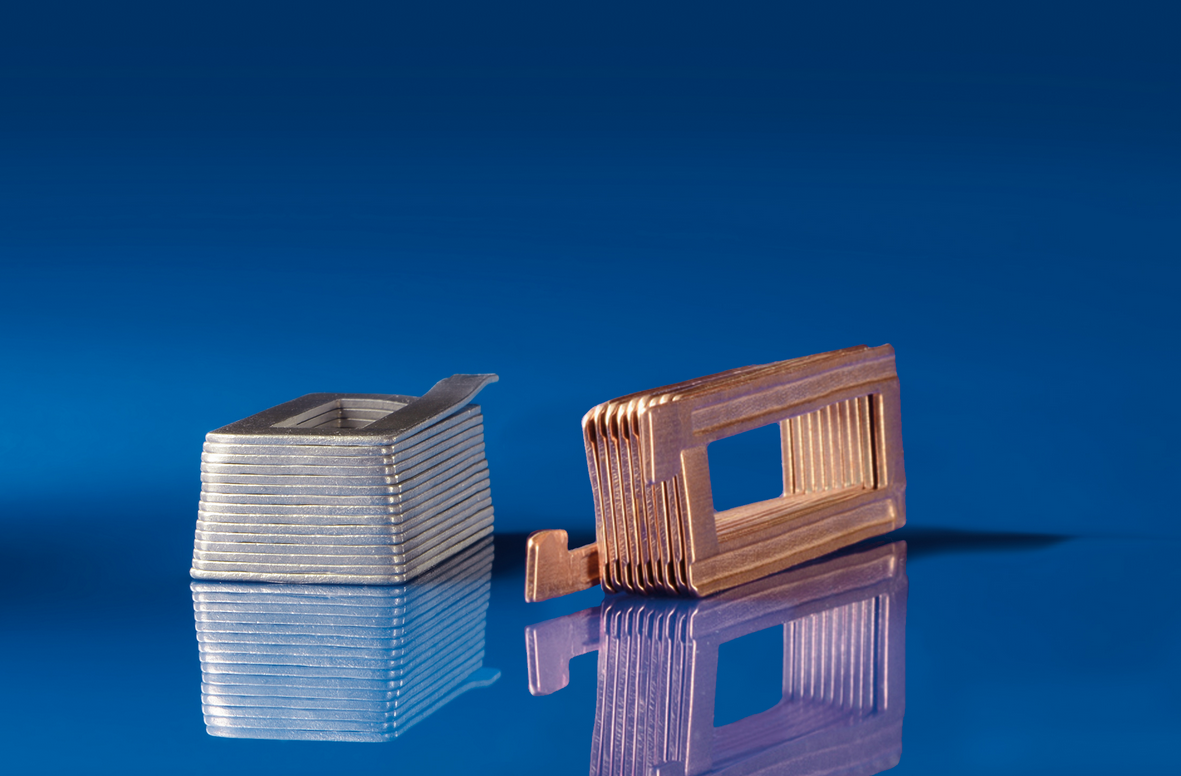The conversion of energy from chemical to electrical energy and vice versa generates heat. In the case of batteries, this heat can damage the cells and reduce their performance and service life. To prevent this, we are working on energy-efficient solutions for temperature control through the use of phase change materials (PCM). These are able to store high amounts of heat through the phase change solid-liquid and vice versa to release it again. Their high heat storage potential is countered by a very low thermal conductivity.
We investigate the paraffin-based latent heat storage for both cooling and heating scenarios and combine them with other temperature control systems for specific applications. We integrate the PCMs, among others in aluminum foams via infiltration processes. This creates a material composite that solves the problem of low thermal conductivity of the PCM for its thermal loading and unloading. At the same time, the excellent structural properties of the aluminum foam, such as energy absorption and vibration damping, can be used in appropriate applications. We also use our diverse measurement technology here for the thermal and mechanical characterization of the multifunctional composite material. Previous applications include the temperature control of battery cells, battery modules and power electronics.
- Use of phase change materials (PCM) for passive temperature control
- Development of application-oriented heat conduction structures such as closed-cell metal foams and integration of PCM into these structures
- Integration of PCM systems in active temperature control systems with the strategies:
- Downsizing the active temperature control system
- Smoothing of thermal load peaks
- Increase in temperature homogeneity
- Prevention / delay of the thermal runway
 Fraunhofer Project Center Wolfsburg
Fraunhofer Project Center Wolfsburg

